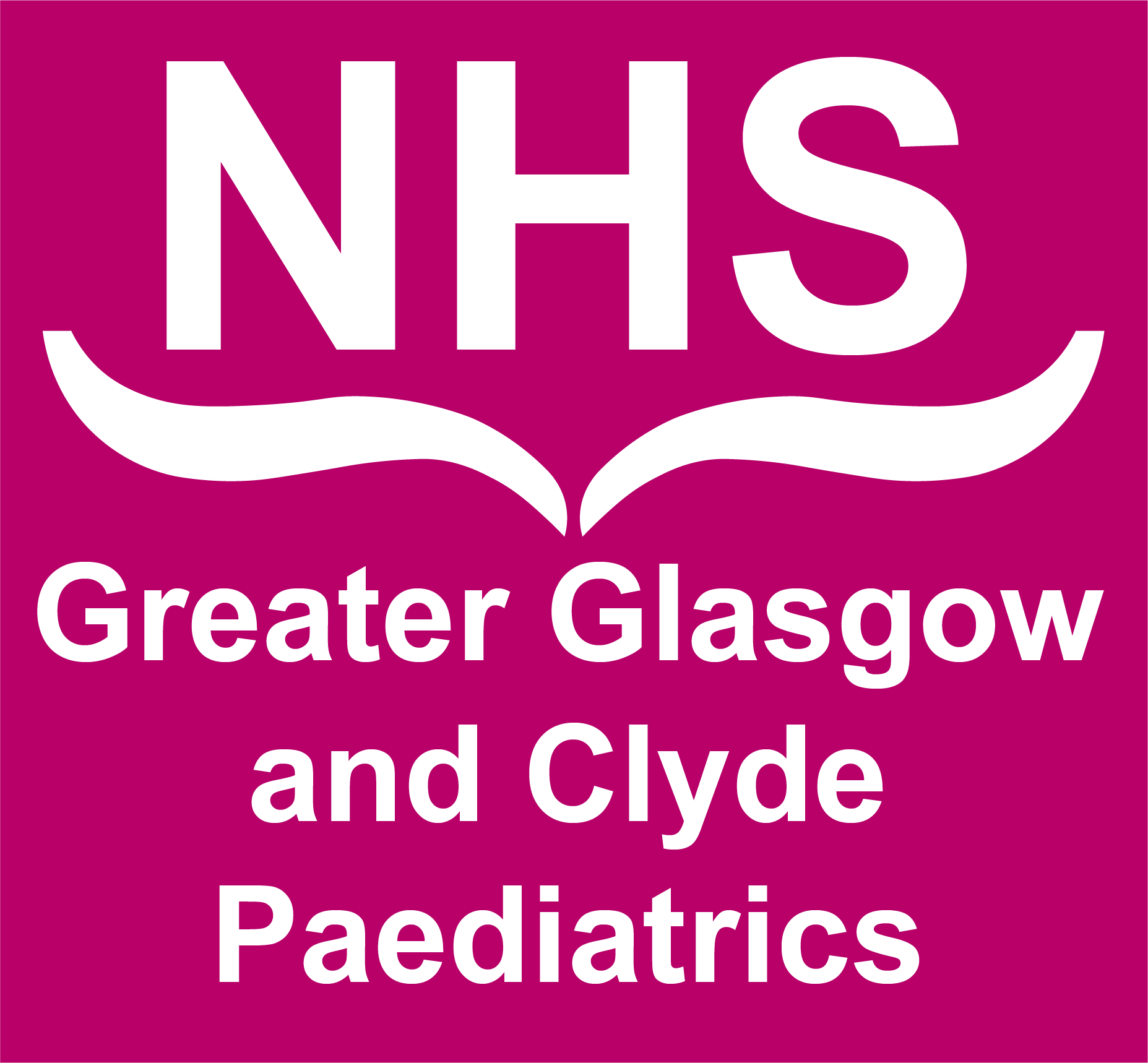The use of N-acetylcysteine should be encouraged in all CF patients receiving intravenous (IV) aminoglycosides at RHC. NAC should be administered with each course of treatment for the duration of the IV aminoglycoside course.
Dosing and administration for patients on IV aminoglycoside therapy:
|
Age |
Dose |
Frequency |
Duration |
Formulation |
Comments |
|
< 12 years |
300mg |
Twice daily
|
Administer for the duration of the IV aminoglycoside course |
1st line: Effervescent tablets, 600mg |
Tablets can be dispersed in water, orange or blackcurrant cordial. Alternatively they can be split and swallowed without dispersion. |
|
12 years and over |
600mg |
2nd line: Injection 200mg/ml |
Injection can be given orally. Mix with water, orange or blackcurrant cordial to a concentration of 50mg/ml. |
